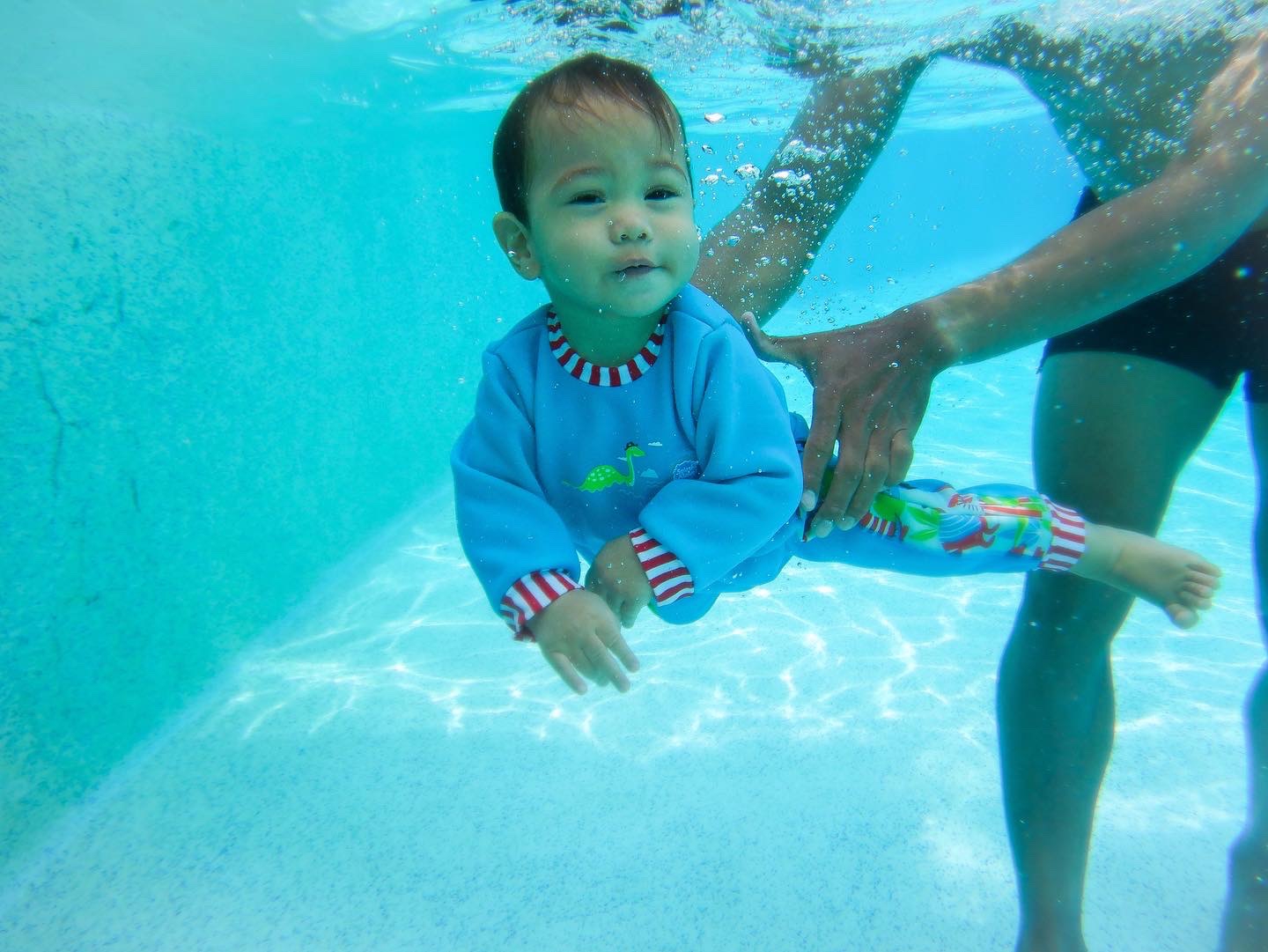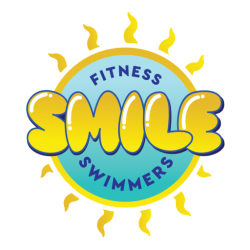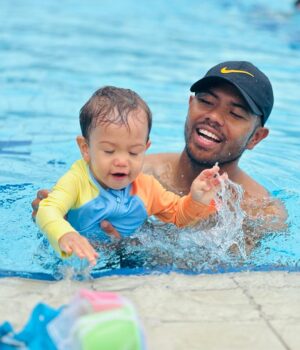Baby&Toddler
PROGRAMME INFORMATION
Duration:
- 30 minutes/lesson
Who Is Suitable To Attend:
- For babies aged between 3 to 12 months old
- For toddlers aged between 13 to 3 years old
How Much Does It Cost?
- $360 for 10 lessons, excluding a one-time registration fee of $40.
Each child will receive a complimentary SmileSwimmers’ Starter Kit that contains a swim cap and smileswimmers bag to kickstart one of the milestones in their life.
table
10 Weeks Baby Swimming Lessons
| Week 1 | Week 2 | Week 3 | Week 4 |
|---|---|---|---|
Basic Submerge or Dunking
Basic Kicking, Paddling, Splashing
| Revise -Week 1, Basic Back-float
| Revise - kicking, submerge, backfloat Advance Back-float
| Revise - kicking, submerge, backfloat Arching and Fall Forward
|
| Week 5 | Week 6 | Week 7 | Week 8 |
Revise - kicking, submerge, backfloat, Arching Basic Rotation
| Revise - kicking, submerge, backfloat, Arching, Rotation Balancing on the Hand
| Revise - kicking, submerge, backfloat, Arching, Rotation, Balancing Photo Taking
| Revise - kicking, submerge, backfloat, Arching, Rotation, Balancing Basic Drop
|
| Week 9 | Week 10 | ||
Revise - kicking, submerge, backfloat, Arching, Rotation, Balancing, Drop Teaching Backflip
| Revise - kicking, submerge, backfloat, Arching, Rotation, Balancing, Drop, Backflip Teaching Swim and Grip
|
10 Weeks Toddler Swimming Lessons
| Week 1 | Week 2 | Week 3 | Week 4 |
|---|---|---|---|
Launch forward to swim
Kicking, Paddling, Splashing and balancing with float
| Back-float
| Revision
| Swimming to edge of pool
|
| Week 5 | Week 6 | Week 7 | Week 8 |
Swimming through hoop
| Revision & Underwater Photography (practice) | Swim Float Swim Technique
| Revise Swim Float Swim |
| Week 9 | Week 10 | ||
Swimming through hoop
Swimming forward swim 3m
| Revision & Underwater Photography (practice) Swim breathe Swim
|


